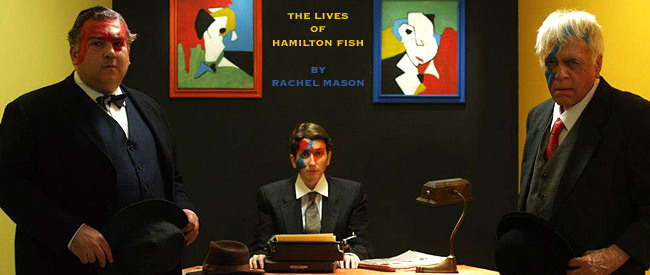
It’s worth noting that the period considered to be Korean cinema’s golden age is also the first time in the nation’s history that there was some semblance of a fully operating film industry. Flanked by a civil war on one end and censorship policies on the other, the decade long bout – most would agree that it began sometime in the late 1950s and ended at the start of the ‘70s – boldly captured something of the ambiguous desires of a nation just learning to handle their own nascent sovereignty. The numbers alone are telling: 18 indigenous releases in 1954, 74 in 1958, and 229 in 1969. Free from conscription, the men who came to helm the camera during this time were of the young and educated crop. Large tax cuts and a rising influx of Western cultural goods helped create the necessary ferment that would enable these fresh faces to go on to produce highly stylized and startlingly mature works.
Their films ran the gamut: realist works like Yoo Hyeon-mok’s AIMLESS BULLET (1961) – think Cain/Chandler meets early Rossellini/De Sica – jived well with the cynical post-war crowd; literary adaptations, best exemplified by Kim Su-Yong’s SEASHORE VILLAGE (1965) and Shin Sang-Ok’s THE MOTHER AND HER GUEST (1961), examined agrarian lifestyles and traditional values, suitable for a people burnt out from years of ideological tug-o-wars; Lee Man-Hee’s THE MARINES WHO NEVER RETURNED (1963) and Shin Sang-Ok’s RED MUFFLER (1964) ushered in well-crafted war epics that were less preoccupied about promulgating a political slogan than creating interesting images; others like Han Hyeong-Mo’s MADAME FREEDOM (1956) made their marks as cultural harbingers, often depicting women in more progressive roles trying to rewrite the social codes.
Among these figures, Kim Ki-Young may loom the most interesting. If he’s considered a cult director today, that was hardly the case back then, when his 1960 horror-thriller, THE HOUSEMAID – which thanks to Martin Scorsese’s fundraising efforts, was restored by the Korean Film Archive in 2008 – became a blockbuster and critical hit, not uncommon back then when success went both ways. While his peers were often keen on interpreting the shifting political and daily realities of their lives by way of nostalgia and pathos (hence the popularity of “literary” films and soap operas), Kim insisted on developing a filmic mode that would anchor his works in the present. The surrealist and German expressionist traditions, in this way – if they had any truck with Korean filmmakers during this time – find their clearest iteration in Kim’s oeuvre. A disregard for nicely delineated plot points and penchant for drawing characters on the brink of lunacy quickly set the director apart from the usual mold. Things needed to be, as it were, more slovenly. The pacing, if erratic in his films, offered instead an imperative, a sense of urgency through which characters pursued moral trials within a constrained time and space. Hitchcockian psychology abounds in these works.
By the time the ‘70s rolled around, the government led by Park Chung-Hee, an evangelist of aggressive modernization, clamped down on film content, abruptly tapering off production that took a decade to achieve, and soon demanding that the film industry not only meet a certain quota (in order to bring in foreign films) but produce works with varying degrees of anti-communist propaganda. Kim was in the middle of all this. For an auteur who thrived under a considerably lax industry code, Kim suddenly found himself in a creative pickle not dissimilar to the Hollywood directors of old. Yet the kinds of frenetic narratives he wove in the ‘50s and ‘60s enabled him to slap even more distorted visions of reality on his films of the twilight ‘70s. Moreover, few have devoted themselves like Kim in bringing to the screen the rich, folkloric tradition of Korean shamanism, a neglected heritage, and renewing its currency within a viciously changing nation more known for its Buddhist and Confucianist views. Between the Dionysian and Apollonian wells, Kim drank from the former each time. Though Kim’s struggle with the production codes of the ‘70s suggest that his films may be somewhat subpar compared to his earlier efforts, the contrary remains more accurate, as though the stricter the regulations, the more unhinged his films became. Apparently, he worked well in an otherwise decadent age.
Largely forgotten through the eighties, Kim’s films would be rediscovered on VHS by cinephiles in the early nineties, eventually being invited to attend a comprehensive retrospective of his films at the 2nd Pusan International Film Festival in 1997. The revival was short-lived, as a year later, amid production on a new film, Kim and his wife died in their home, an electrical short-circuit setting their abode ablaze.
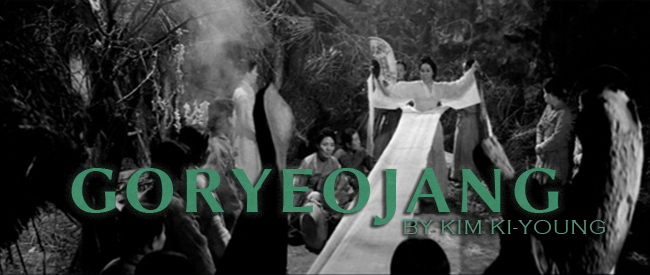 GORYEOJANG
GORYEOJANG
Dir. Kim Ki-Young, 1963
Korea, 90 min.
In Korean with English subtitles.
FRIDAY, MAY 2 – 7:30 PM
SUNDAY, MAY 4 – 5:00 PM
SUNDAY, MAY 11 – 5:00 PM
SATURDAY, MAY 24 – 7:30 PM
Let the good and bad all prosper! Let it rain! Let it rain!
Those who’ve seen Keisuke Kinoshita’s BALLAD OF NARAYAMA – and Shoei Imamura’s remake of it by the same name – will be familiar with the story here. In a small, mountainous village, a long-standing drought leads the village leaders to decree that anyone over 70 years should be carried up to and abandoned on a neighboring mountain peak. Authority, unsurprisingly, rests strongly in the hands of a few shamans and a cohort of conniving brothers who have monopolized the village’s water supplies. Deeply affected are the brothers’ former in-laws: an elderly mother, one of those who must be left to die on the peak, and her crippled son, who must take her up there. Stuck between a rock and hard place, the scapegoat son finds himself knocking down his moral pillars, unable to adequately salvage both duty and survival.
GORYEOJANG reveals Kim’s fascination with ethical dilemmas. Much of the narrative is indebted to the Biblical accounts of Joseph and his brothers, and Abraham and Isaac but fleshed out in Freudian fracas. Spindly branches splay out from trees amongst a background awash in swatches of black and grey; And from all the bleak images of poverty and desperation is one of the tenderest portraits of motherly and filial love. A prime – and the only – look at the golden ‘60s in this series.
*Unfortunately, there is approximately 20 minutes of lost footage in the film; fortunately, the soundtrack survives, and is played to black leader to interesting effect.
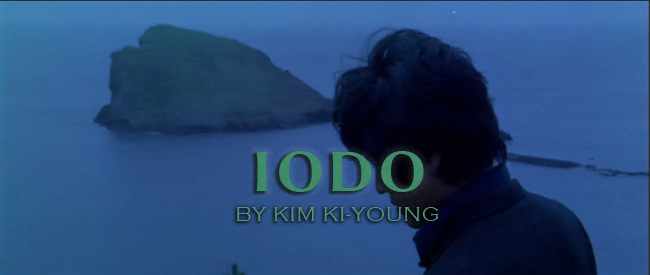 IODO
IODO
Dir. Kim Ki-Young, 1977
Korea, 110 min.
In Korean with English subtitles.
SUNDAY, MAY 4 – 7:30 PM
SATURDAY, MAY 10 – 10:00 PM
FRIDAY, MAY 16 – 7:30 PM
TUESDAY, MAY 20 – 10:00 PM
They aren’t exactly mermaids, but the female divers of Jeju Island are charming in their own right; always smiling, and ready to crack jokes (they also catch the tastiest mussels). Like the women of the Amazon and Sapphos, these blue-collar sea farmers form their own autonomous mythology, and Iodo, a large rock-island, is where they are laid to rest, according to the locals. Kim’s film departs from here.
Told through a slew of foreboding flashbacks, the film follows a troubled travel agent who sets off to Jeju to find his missing colleague. Kim’s freewheeling camera – a bevy of zooms and quick pans – and unexpected cutting keeps things interesting. What’s palpable is the friction between the wild sprawl of the sea and the bustling city-center, as a descent into Hades goes haywire. A weird cross between Carax’s POLA X, Zulawski’s POSSESSION and Polanski’s CHINATOWN, IODO gives claim to frenzy as an aesthetic ideal.
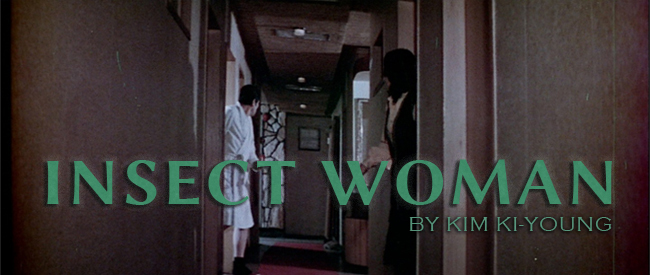
INSECT WOMAN
Dir. Kim Ki-Young, 1972
Korea, 110 min.
In Korean with English subtitles.*
THURSDAY, MAY 1 – 10:00 PM
SATURDAY, MAY 17 – 10:00 PM
SUNDAY, MAY 25 – 5:00 PM
INSECT WOMAN (Kim Ki-Young, 1972) from Spectacle Theater on Vimeo.
Besides the obvious (being sex), one suspects that Kim’s preference for maids as his principal protagonists has much to do with the the ways in which their bodies bear testament to to both political and social changes of the time. With more women assuming a place in the family as a substantial breadwinner under Park’s programmatic fiscal policies, the way is paved for Kim to let loose his vision of the shape-shifting figure. At once house-keeper, mistress, and taboo’s spokesperson, the maid is the intervening force between the traditional husband/wife dyad, and who in the case of INSECT WOMAN must act on behalf of her employer’s orders to “cure” her husband of his impotency. This absurd reversal of roles only heightens how far one goes to attain material security.
Bringing the rules of the jungle into the home, the prime marker of bourgeois solidarity, Kim makes a sordid mess of burgeoning middle-class values (the house as a zoo), castigating what he sees as a blind eye toward the basic tenets of human survival. Sex (as pleasure and procreation) and economy interchange and mingle under one roof as the three characters play out their desires on each other, each offering a particular strength – or more accurately, capital – that the other lacks. Where in IODO the city-dweller makes his way out to the cornfields on some humanistic claim to discover the truth, there is no such pretension here. Moral categories simply lose their prerogative. Kim at his most Buñuel-esque.
* English subtitles over hardcoded Spanish subs.
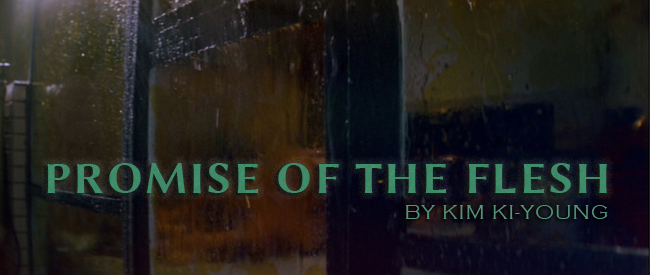 PROMISE OF THE FLESH
PROMISE OF THE FLESH
Dir. Kim Ki-Young, 1975
Korea, 95 min.
In Korean with English subtitles.
SATURDAY, MAY 10 – 7:30PM
SUNDAY, MAY 11 – 7:30 PM
TUESDAY, MAY 20 – 7:30 PM
A remake of a lost melodrama from the ‘60s, PROMISE OF THE FLESH is less promise than an always already broken covenant. As is always the case for Kim, death and sex are tight bedfellows, the twin driving forces behind this tale, which seems to teeter relentlessly between tearjerking drivel and psychosexual mess.
Good behavior earns a middle-aged woman some respite from the small cell – imprisoned for murder of a would-be rapist – and onto a train to visit her hometown. Along the way, an attractive young man catches her attention, and a tight bond is immediately formed. She travels with her parole officer (since, à la Freud, two characters are never enough), who in one of cinema’s stranger moments, weds the delinquent to the young man atop a sullen hill. Bearing the weight of a lifetime of unsuccessful romances, she must go back to prison, but not before making her now husband promise to meet her on the same spot in two years. The promise – for love, for a house, for children – is nothing more than a few spoken words, but it is the only contract in town that means anything.
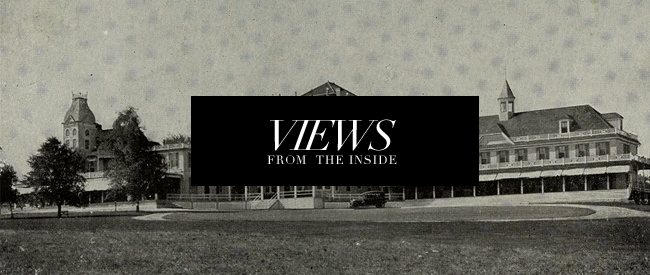

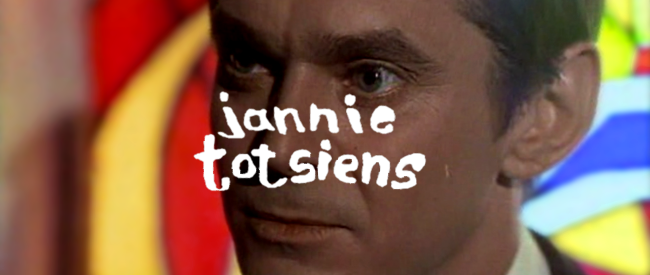
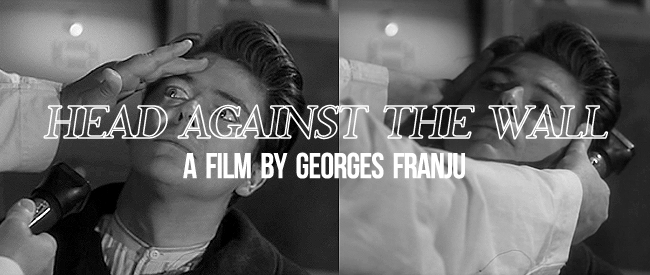
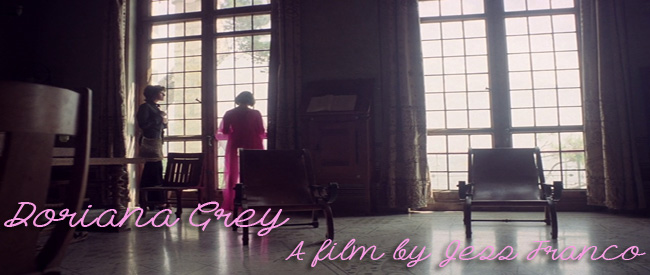
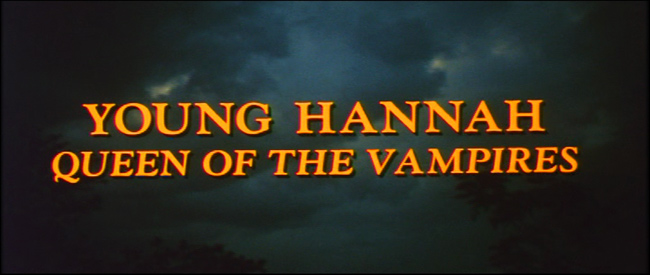
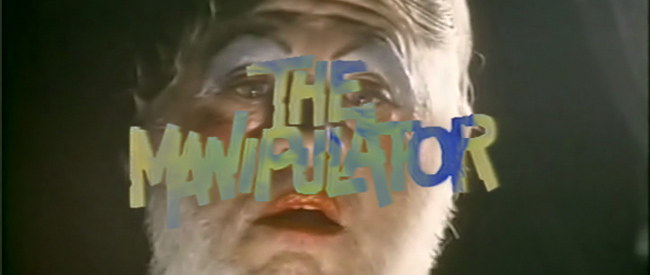
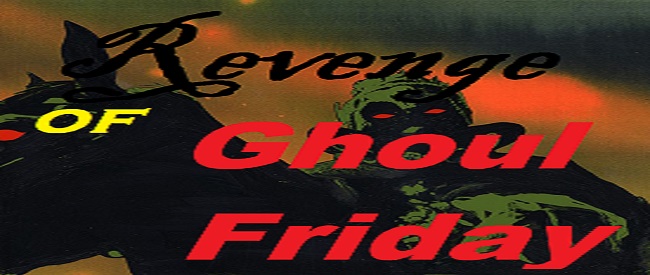
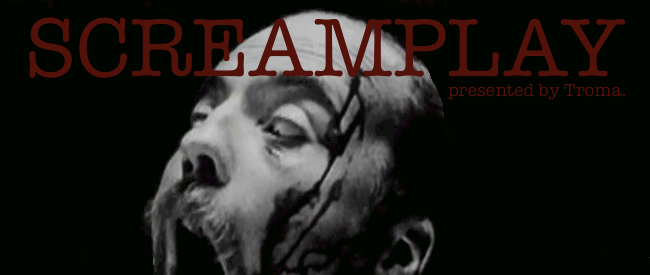
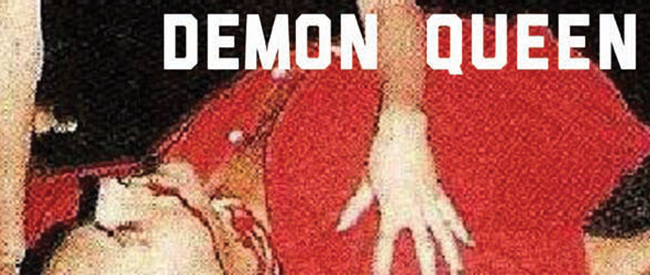
 STARTS WITH DAD RETURNS!
STARTS WITH DAD RETURNS!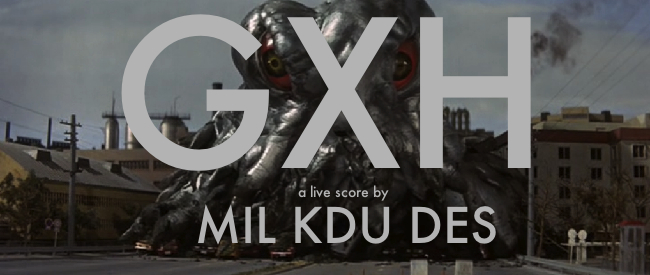
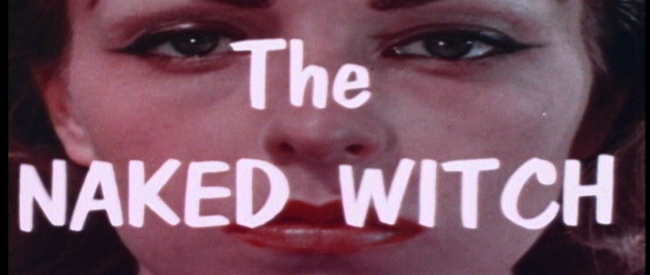
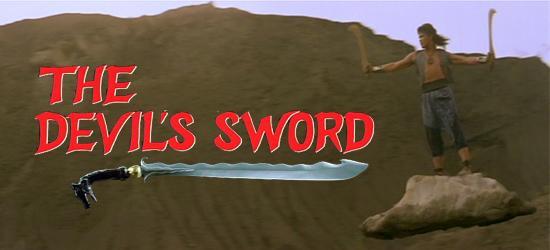
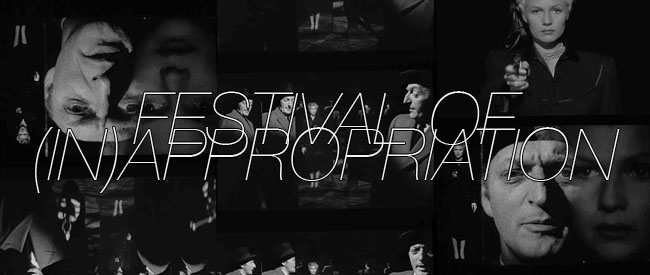


 GORYEOJANG
GORYEOJANG IODO
IODO
 PROMISE OF THE FLESH
PROMISE OF THE FLESH